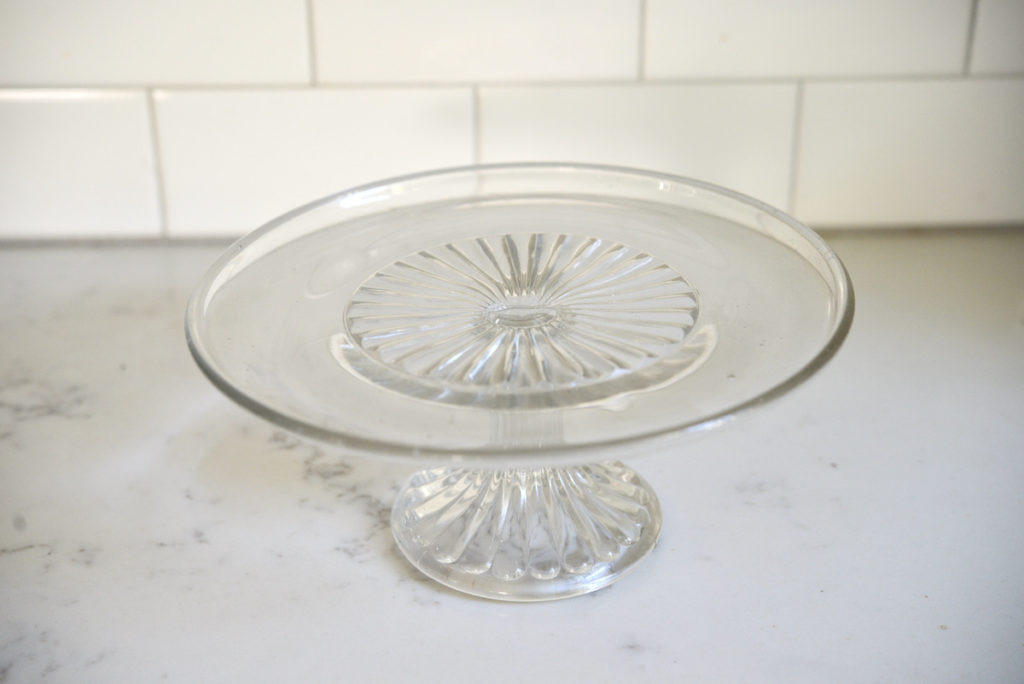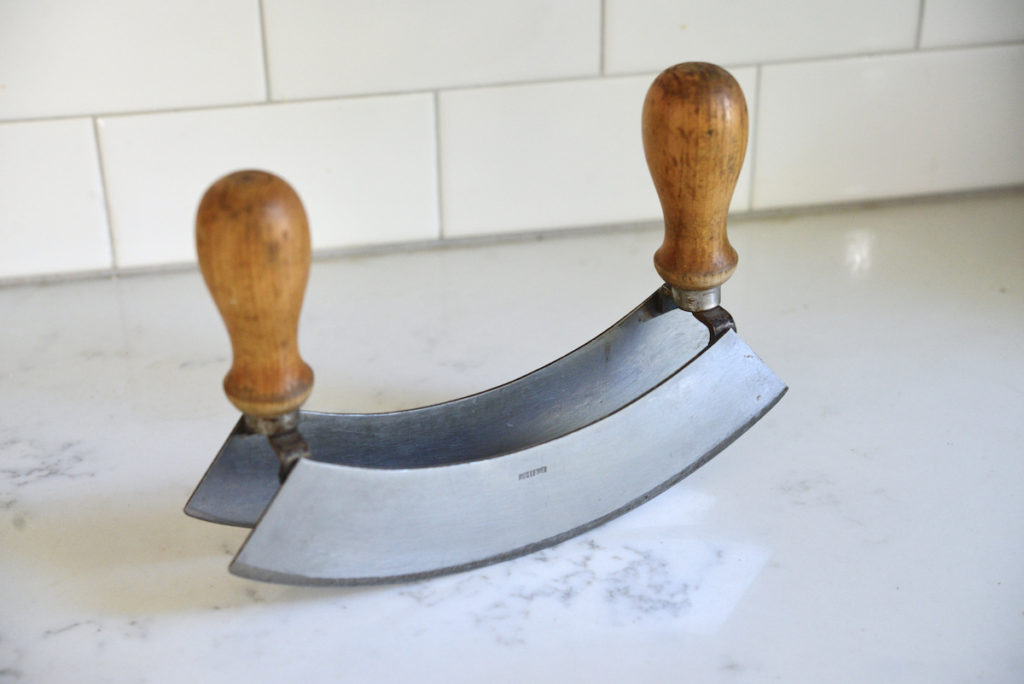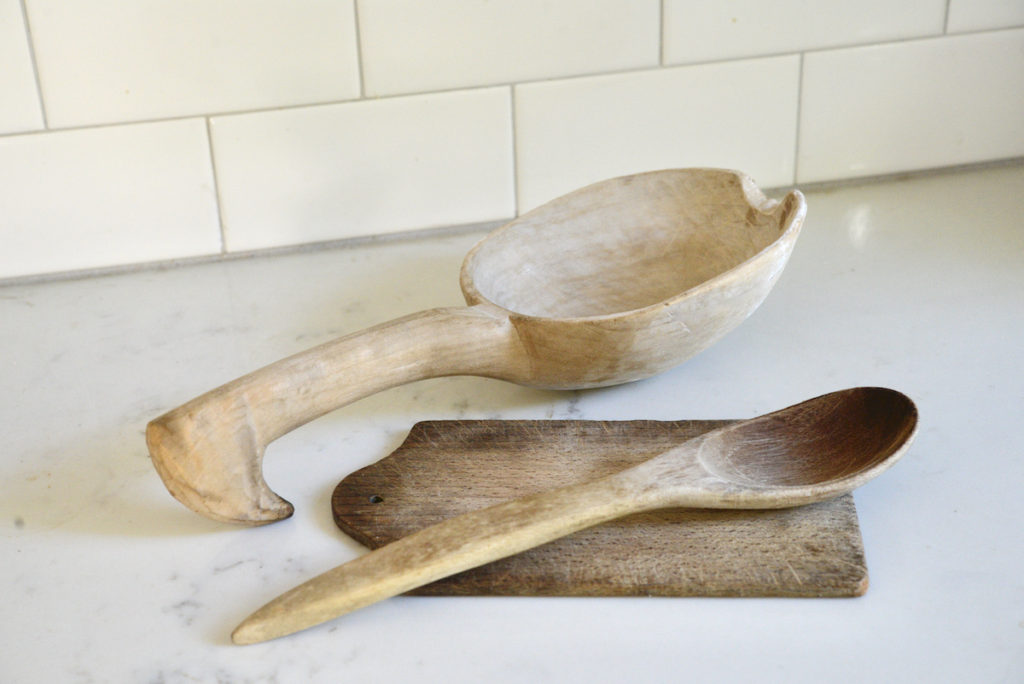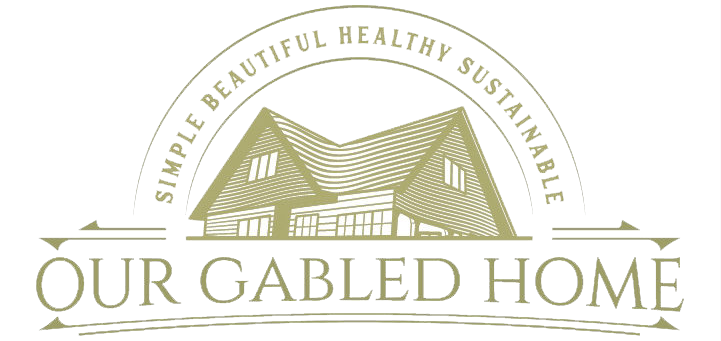Using Antique and Vintage Kitchen Items — Is it Safe and Healthy?
If you enjoy collecting antique and vintage kitchen items, you might be wondering if it’s safe and healthy to use them.
If you have been following me, you might know that I love collecting and using antiques and vintage items, especially in my kitchen. There are a number of old items I use every day.
Many of you have been asking me if it’s actually healthy and safe to use them. So I researched this topic.
In this post, I am sharing my findings. You might as surprised as I was by some of my findings.
What are antiques and vintage items?
According to Wikipedia, ” A true antique (Latin: antiquus; ‘old’, ‘ancient’) is an item perceived as having value because of its aesthetic or historical significance, and often defined as at least 100 years old (or some other limit), although the term is often used loosely to describe any object that is old.”
The term vintage is being used more loosely. From what I can tell, if vintage items are less than 100 years old but at least 20 years old, you can consider them vintage.
If you have inherited things from your grandparents, there is a good chance they are true antiques. In my case, I know that many of my items are more than 100 years old. If, on the other hand, you purchased your items from a reputable antique dealer, they may be able to tell you their age. A simple search can often determine the age of an item. For example, the manufacturer of my old bone china used different stamps at different times.
I definitely find it worthwhile to learn more about the history of antiques, where they are from, and how they were being used.
Why use vintage and antique kitchen items
There are many very old and old-fashioned tools and items in my kitchen and I love using them for the following reasons:
- they are often beautiful and/or decorative
- they often work really well
- the craftsmanship is often superior
- some old and old-fashioned tools make you slow down
- they might have sentimental value, as they may remind you of your grandparents (or whoever you got them from)
- you simply love having them
I find all of these reasons valid!
Looking at common materials in antique and vintage kitchen tools and gadgets
Now, let’s look at some common materials in various kitchen items and tools.
Pewter
Unfortunately, I don’t think any pewterware is safe for use as it almost always contains lead. We have an antique pewter salt and pepper holder that is very cute. However, especially the salt would draw out the lead so it might only be safe for storing cracked pepper. But just to be safe, we are only using it for decorative purposes.

Copper
Copper was and is a popular material for pots and pans for its excellent heat conductivity. Even though copper can be a bit high maintenance, many people just love the beauty of copper.
Old copper pots and pans have a tin lining to protect the copper from acidic foods such as tomato or lemon. Modern copper pots typically have a stainless steel lining.
In my research, I found one article that suggested that it’s not safe to use copper cookware if the tin lining is wearing off. However, I know that there is pure copper drinkware that is supposed to have health benefits. Since I wasn’t sure I have only been using my antique copper pot for boiling eggs. I will look into re-tinning it, whether I figure out how to do it myself or find a good place that will do that for me.

Metal/tin:
Do you have any antique or vintage tins? Well, they are made from tin. I enjoy having this vintage chocolate tin. Unfortunately, it does have some rust on the bottom. To be on the safe side, I choose to only use it for wrapped chocolate or decorative purposes.

Cast iron:
Cast iron is another popular material for cookware that I love to use. Unfortunately, all of my cast iron is fairly new but if you are lucky you might have some really old ones. They are certainly very nice! The only old cast iron item I have is an antique hot iron that I plan to restore – and maybe use!
The main issue with cast iron is rust, discoloration, and lack of seasoning. All of these are easy to fix. While it would be fairly common sense to not use a rusty cast iron skillet, I personally don’t think it will hurt you or make you sick. If you do have one of those very old, neglected cast iron pieces lying around, it’s pretty simple to clean them up and get them ready for everyday use.

Enameled cast iron:
Enameled cast iron is fairly new. Manufacturers were trying to marry the benefits of cast iron with the ease of enamel.
In my research, I have found that it might not be safe to use cast iron cookware from the 19th century since there can be lead in the glaze. That is one thing to keep in mind if you own a true antique piece of enameled cast iron.
Glassware:
Glass is another ubiquitous item in kitchens. Most of us might be thinking of drinkware. However, I own an antique glass cake stand. In old glassware, lead is of concern, too.
Since I don’t know for sure whether my cake stand contains any lead, I am only using it occasionally and preferably with dryer cakes. I try to avoid placing wet cakes (such as cheesecake) on it for a prolonged time.

Porcelain/bone china:
One click on sites like eBay will show you that there is a lot of antique china around. I myself own several sets of antique china. The oldest set could be from the 1860s and is from my grandparents.
Again, here, too, lead can be of concern. For that reason, I had a very good look at my old china. I cannot see any cracking or crazing in the glaze. Therefore, I personally feel safe using it. But we are only using it for our traditional German Sunday brunches.

Silverware:
We own a large set of silver-plated flatware that we use every single day. We reserve some really nice pieces for special occasions but the ones that have a bit more wear, we use them all the time. I just love the beauty of it and knowing that they’re heirlooms.
Whether your flatware or items are pure silver or silver-plated, they are safe to use.
Many dinner knives have stainless steel blades anyways, which brings me to the next material:

Stainless steel:
Stainless steel is very sturdy and safe to use! Many modern kitchen items are stainless steel and there are no health issues with them.
So, go ahead and use those stainless steel antique and vintage items!

Carbon steel:
I remember that my grandparents had some dinner knives in their flatware drawer that had steel blades. While steel is prone to rust and discoloration there is no health concern. In fact, I still use carbon steel knives in my kitchen. They are my favorite knives to use because they are inexpensive, and stay sharp longer but can be sharpened easily and quickly.

Wood:
Antique and vintage kitchen items can come in the form of spoons, cutting boards, bowls, and so on. To me, it is pretty obvious if they are clean and good to use. Plus a good scrubbing and washing may bring an old wooden piece back to life.
I love using an old, hand-carved bread-kneading bowl and my hand-carved old wooden spoons. They actually are my favorite to use!
In terms of safety and health, wood is often the better choice than let’s say plastic cutting boards. The tannins in the wood and the good bacteria will outnumber the bad bacteria.

Stoneware/pottery:
Those old stoneware or pottery items can be so lovely to have! The main issue with them is lead in the glazing. So I inspected this vintage stoneware crock that I inherited from my grandparents. On inspection, I couldn’t find any cracks or crazing which makes me comfortable using it for dry food storage (such as bread). Even though it would be perfect for making sauerkraut, I would have to do some more research into whether that would be safe.

Aluminum:
I personally have banned all aluminum cookware from our (camping) kitchen. It is highly reactive with acidic foods. Especially older pieces of aluminum cookware that are banged up and warped tend to more aluminum into the foods. This gets even worse with prolonged storage. So I think there are way better choices for cookware!
Takeaway:
As you can see, it’s often not that black-and-white and straightforward.
I recommend you do your own research and then decide what antique and vintage items you deem safe for use for your family and situation. Just because I have decided that something is okay for my family doesn’t mean that you would be comfortable with the same decision. In the next section, I am linking to some articles that I found in my research. And even in those, you will get differing opinions.
One thing that does make sense, though, is to get a lead test kit and test the items you are intending to use. That will give you more peace of mind!
So, if in doubt, use those heirloom pieces only for decorative purposes! That, too, can be wonderful!
Resources and more articles:
Study on enameled drinkware: https://www.sciencedaily.com/releases/2017/11/171106100513.htm
Lead in glassware: https://www.nontoxu.com/kitchenware/lead-in-glassware
Is it safe to eat off vintage ware: https://www.smithsonianmag.com/arts-culture/is-it-safe-to-eat-off-vintage-plates-66089830/
Safe use of cookware: https://www.canada.ca/en/health-canada/services/household-products/safe-use-cookware.html
Article about copperware: https://www.canada.ca/en/health-canada/services/household-products/safe-use-cookware.html
Wood vs stainless steel in cheesemaking: https://www.slowfood.com/cheese-biodiversity-war-bacteria/
Wood vs plastic cutting boards: https://www.huffpost.com/entry/wood-or-plastic-cutting-board_n_6133318
Do you have any questions or comment? Did I leave something out? Let me know in the comments below!
Pin For Later:



Hi – I’m curious if you have ever heard anything about using vintage plastic flatware holders that fit into drawers. I have one and it’s obviously a softer plastic. Just wondering if it’s safe to use.
Should be fine to use since you’re not eating off of it ~ Anja
Need help with antique kitchen work tools over 120 years old such as peelers and large heavy items used for food prep. Not skillets or such these are 3 generations old in my family and mom just died and she was 95. Where can I get idea of value as investor buyer took immediate interest in them and Mom always told me they are rare and valuable and very very old. Any resources on such items? Like peelers for vegetables or fruits and more big bulky heavy and have been preserved well by decorative display. Thank you.
You can either do some of your own research of similar items on ebay or Etsy or take them to an antique dealer ~ Anja
I need help finding out if my pots are safe to use. I read the article but I still need someone to help me figure out what they are and if it’s safe. They are super cute!
It’s hard to tell remotely but you could try an antique dealer in your area ~ Anja
This was super fascinating. I will save this post for future reference.
I am so glad you found this informative ~ Anja
Beautiful post! So informative! Thank you for sharing.
Yay, I am so glad you found this helpful ~ Anja
This is so useful – so many concerns I wouldn’t have thought of!
I love this post. I love antiques and have quite a big collection of kitchen items. Found your post very informative and knowledgeable. Thanks so much for sharing.
This is a fabulous post! Thanks for getting me thinking about this important topic.
Yay! I am so glad you found this helpful ~ Anja